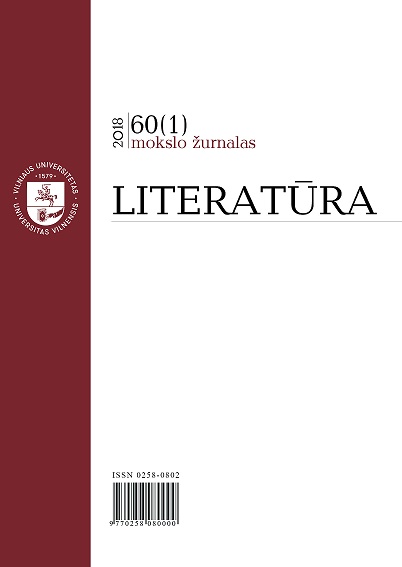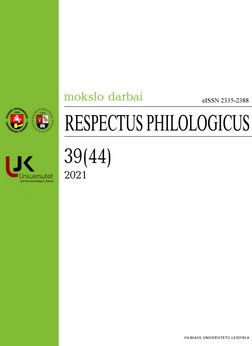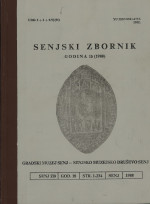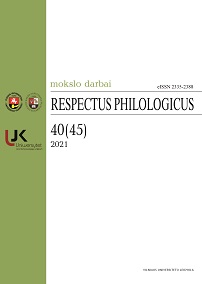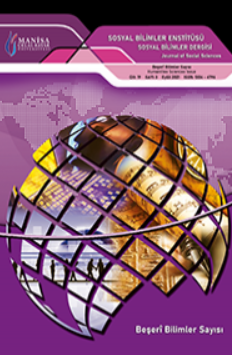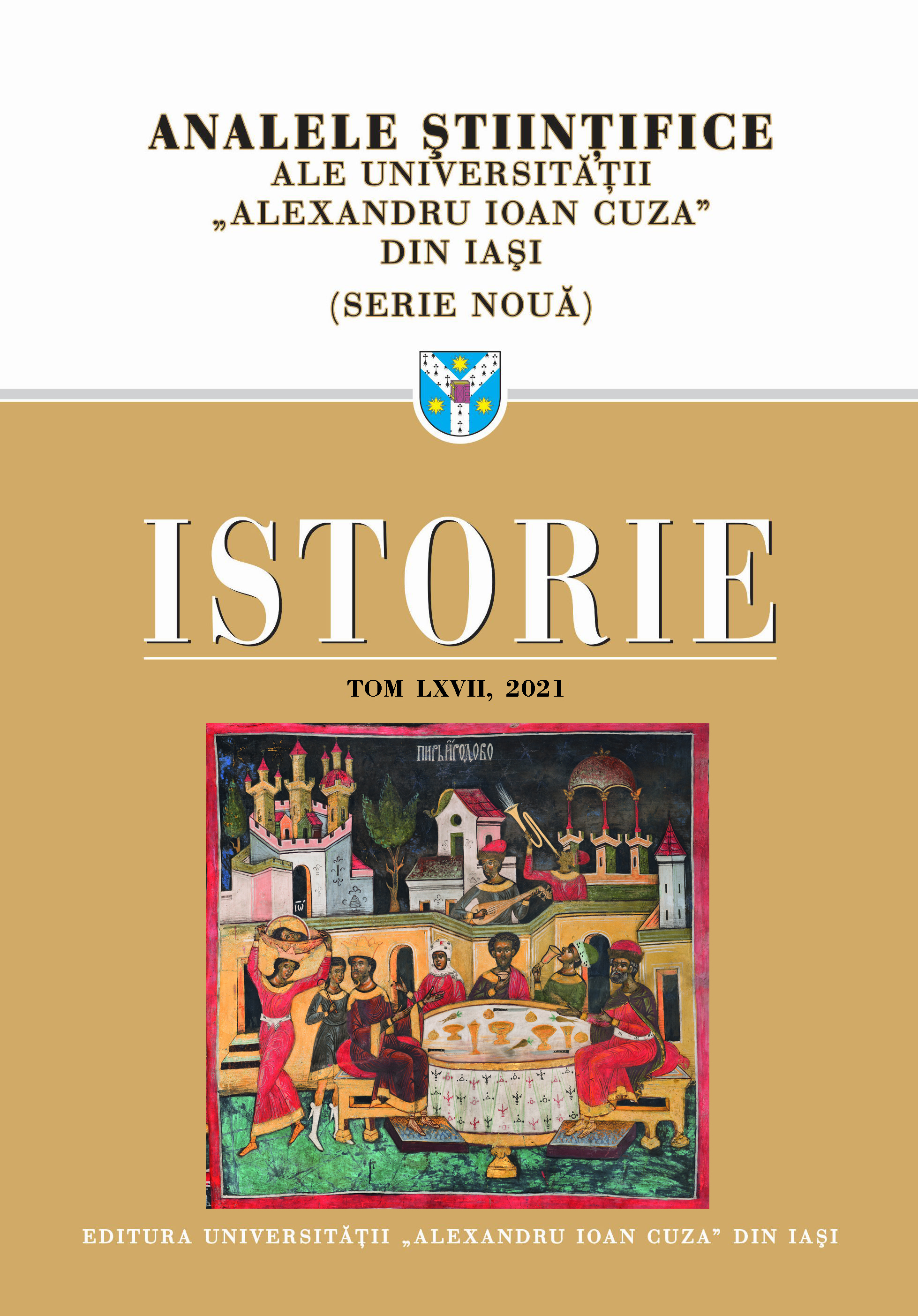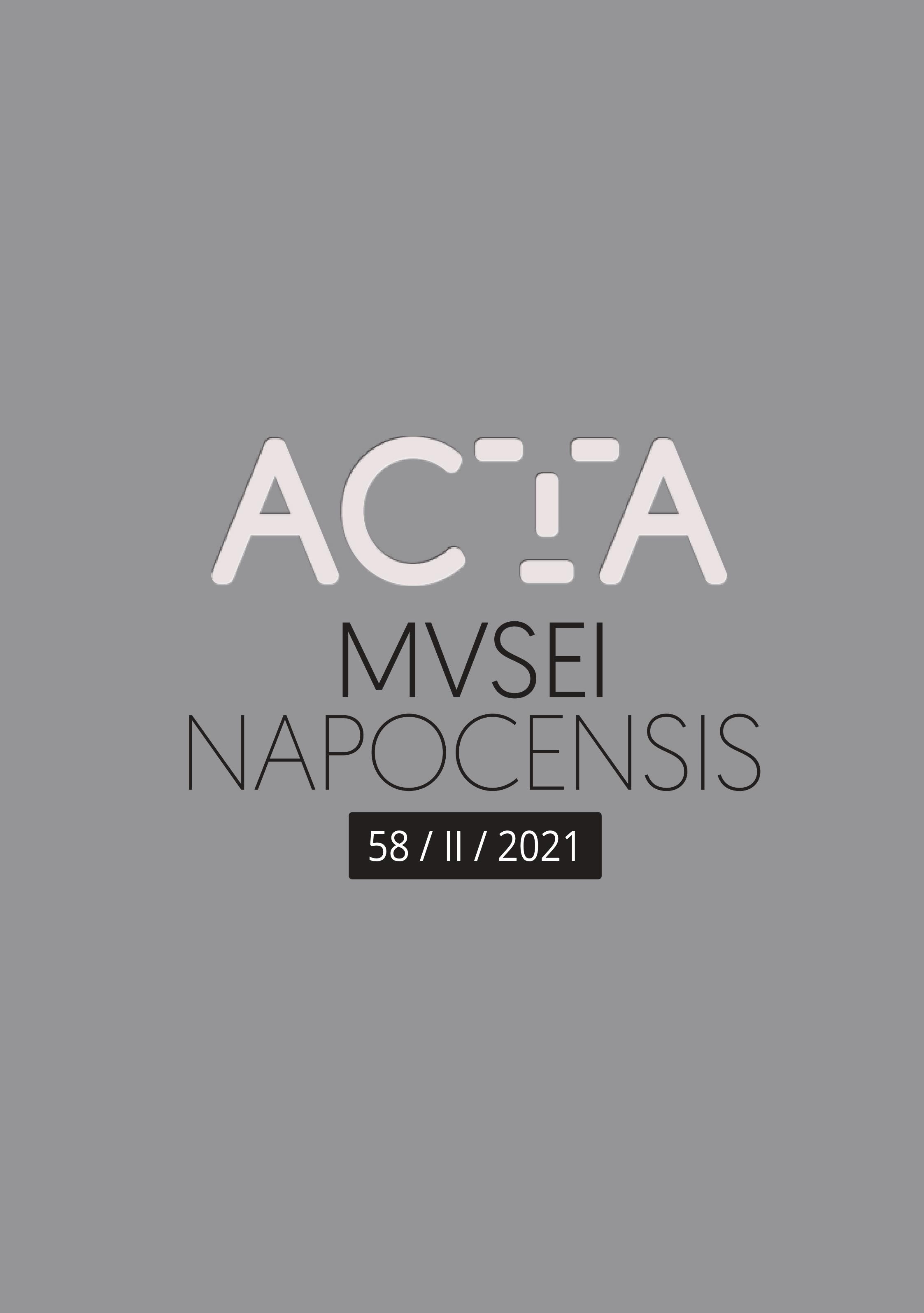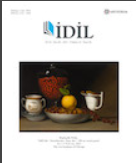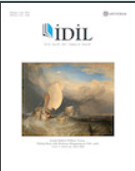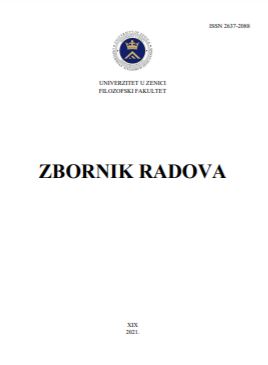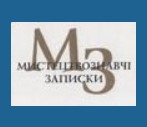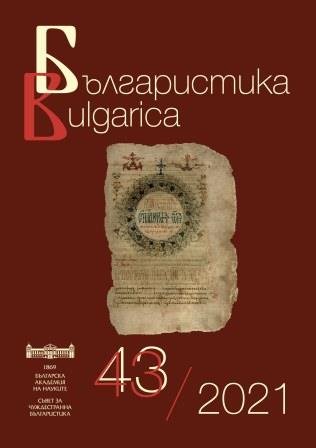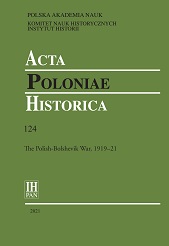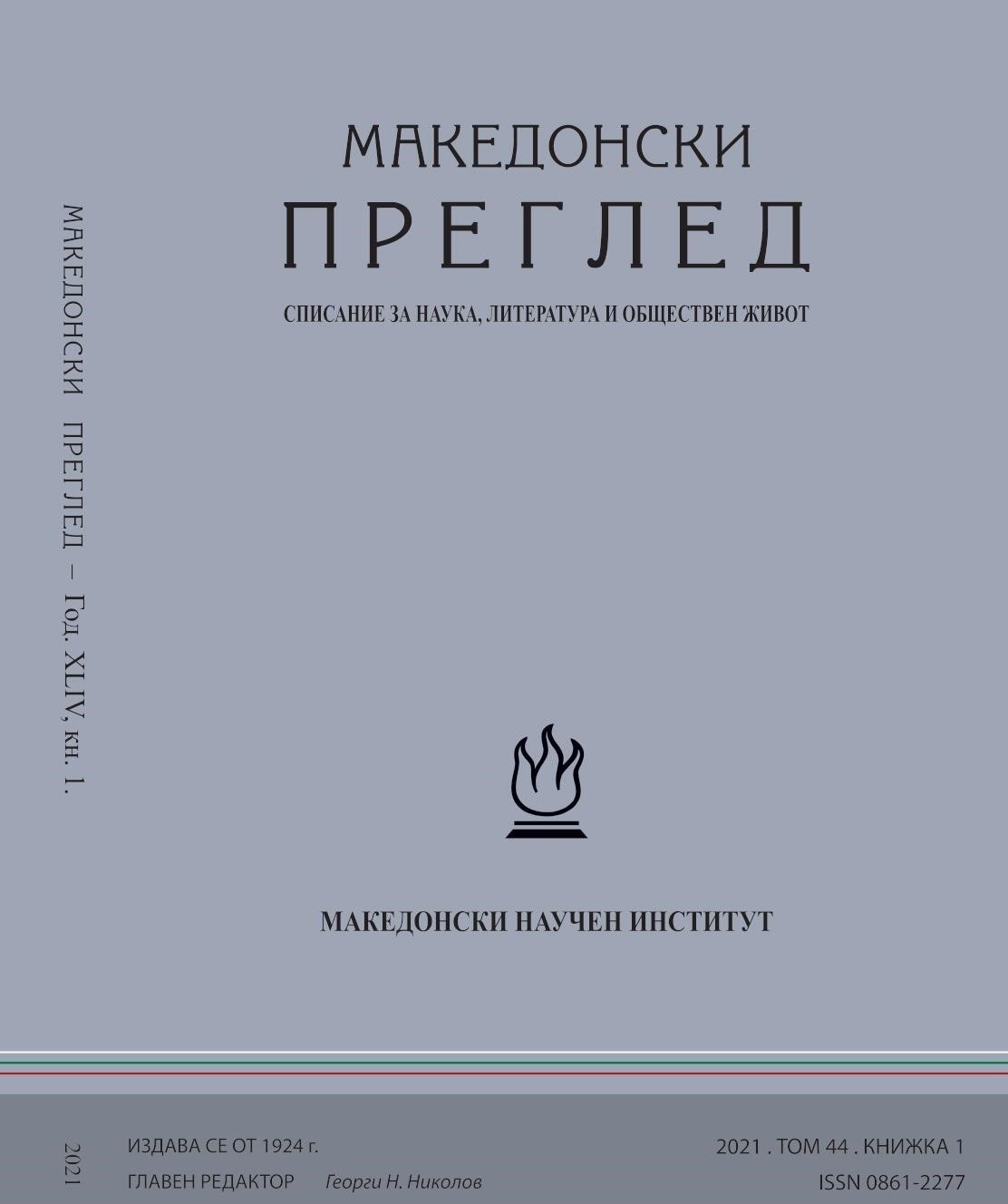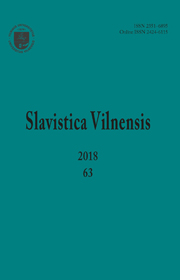
Классификация южнославянских списков Синаксаря по структурным и языковым особенностям
The present article is focused on the classification of the South Slavic manuscripts of the oldest translation of the Synaxarion. The study is based on 15 copies dating back to the 13–16th centuries and containing texts from September to February. As a result of consistent analysis of the structural and linguistic features, four editions were distinguished. The Bulgarian edition consists of copies of Bulgarian and Serbian origin (Grig. 23, BAN 72, Rum. 319, SANU 53, Pog. 58, Hlud. 189, Рс 705, Hlud. 191, Srem. 323), whose texts, with certain exceptions, reflect the traditional translation of the Church Slavonic Synaxarion, known from the copy Sof. 1324. The Serbian edition includes four Serbian codices (Pog. 463А, Uvar. 70, HAZU III.с.6 and Wuk. 38), whose hagiographic articles have obvious linguistic and compositional differences. The editing of the oldest translation of the Synaxarion, which led to the appearance of the Serbian edition, might have been carried out in the Serbian written tradition. However, we should not exclude the possibility that these linguistic and compositional features were characteristic of the East Slavic copy of the Synaxarion, transferred to Serbia in the late 12th–early 13th century. In the Serbian medieval tradition, the Synaxarion was not only rewritten, but also edited, because the copy Wuk. 37 represents the shortened version of the Serbian edition. South Slavic copies of the Bulgarian and Serbian editions are based on different Eastern Slavic archetypes, suggesting that the copies of the oldest translation of the Synaxarion were transferred to the Balkans not less than two times.
More...
